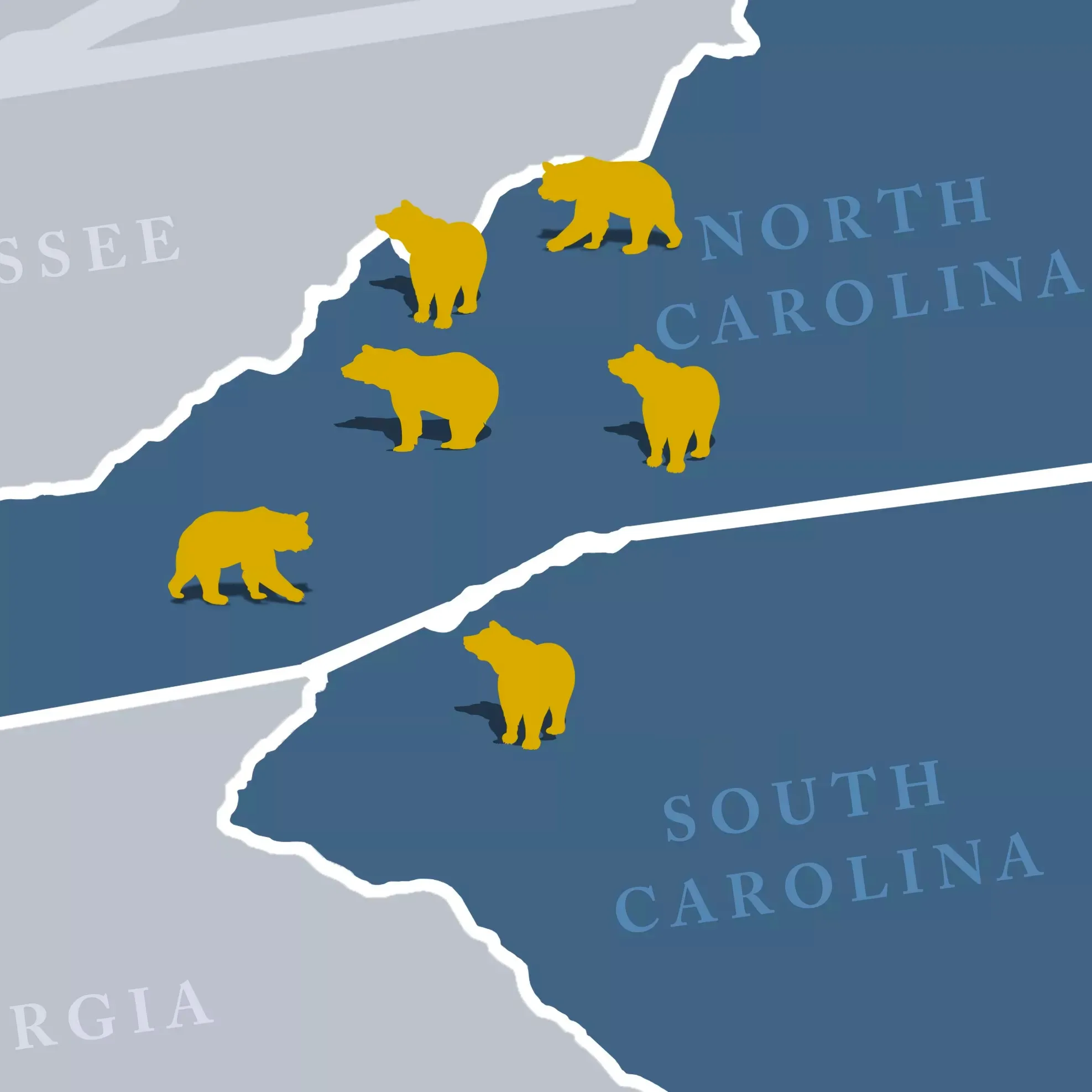Motorcycles offer more than just a mode of transportation; they provide enthusiasts with an enjoyable and thrilling way to explore their surroundings with friends and family. However, safety is a paramount concern for riders, and one essential element in this regard is motorcycle fairings. So, what are motorcycle fairings, how do they protect riders, and what is their significance in the world of motorcycling?
What Are Motorcycle Fairings and What Purpose Do They Serve?
Motorcycle fairings are integral to a bike’s design, providing aesthetic appeal and functional advantages. Fairings are essentially a motorcycle’s outer shell or bodywork, covering various components like the engine, frame, and other vital parts. They come in multiple shapes and sizes, depending on the type of motorcycle and its intended use. There are full fairings that encase the entire bike, half fairings that cover only the upper part, and quarter fairings that provide minimal coverage.
The primary purposes of motorcycle fairings are:
- Aerodynamics: Fairings are designed to reduce wind resistance, enhance stability, and improve the overall aerodynamics of the motorcycle. This is particularly crucial for high-speed riding and racing, as reduced wind resistance allows for greater control and maneuverability.
- Weather Protection: Fairings shield the rider from elements like wind, rain, and debris, ensuring a more comfortable and safer riding experience. They also protect electronic equipment such as radios and navigation systems.
- Aesthetic Enhancement: Fairings contribute to the visual appeal of motorcycles. They often feature unique designs, colors, and graphics that reflect the bike and rider’s style and brand.

Do Motorcycle Fairings Offer Protection?
Motorcycle fairings can offer a limited amount of protection to the motorcyclist. The extent of protection, however, depends on various factors. This includes the type of fairing, the style of the motorcycle, and the rider’s preferences. Here’s how fairings contribute to safety and protection:
- Impact protection. In the event of a collision or accident, fairings can absorb some of the impact and reduce the severity of injuries to the rider. Full fairings, which encase the motorcycle completely, provide better protection.
- Wind protection. Fairings shield the rider from strong winds and turbulence, reducing rider fatigue and improving control. This protection is especially crucial during long rides or high-speed cruising.
- Debris protection. Riding at high speeds exposes the rider to flying debris and insects, which can be distracting and potentially dangerous. Fairings act as a barrier, minimizing the risk of such distractions.
- Weather protection. Riding in adverse weather conditions like rain or snow can be challenging. Fairings help keep the rider dry and improve visibility by diverting precipitation away from the rider’s body and face.
- Thermal protection. Some fairings are equipped with heat shields to protect the rider from engine heat, ensuring a more comfortable ride, especially during hot weather or in slow-moving traffic.
Motorcycle fairings are more than just accessories; they are essential components that enhance the overall riding experience and contribute to rider safety. Whether you’re a casual rider or a seasoned motorcyclist, fairings can make a significant difference in terms of comfort, control, and protection. Understanding fairings’ role and potential benefits can help riders make informed choices when selecting the perfect motorcycle for their needs and preferences.
Motorcyclists Protecting Fellow Riders in The Carolinas
Motorcycle accidents happen in an instant and can have lasting effects on the livelihood of riders. If you have been injured in a motorcycle accident due to another driver’s negligence, you need an experienced motorcycle attorney who knows what you’re going through and is dedicated to defending your rights. At GTA Law Riders, we will treat your case like our own and will stop at nothing to secure the compensation you need to get back on your feet.


